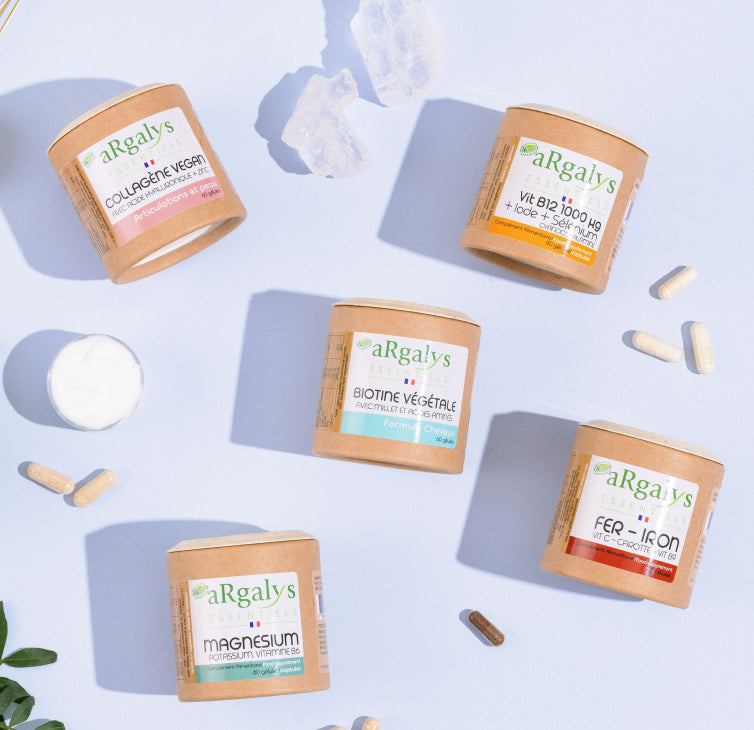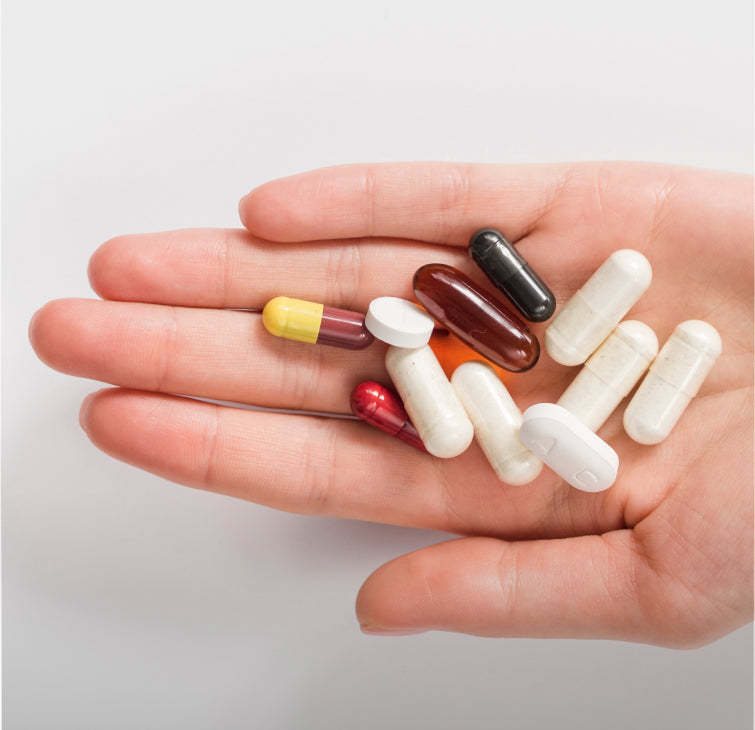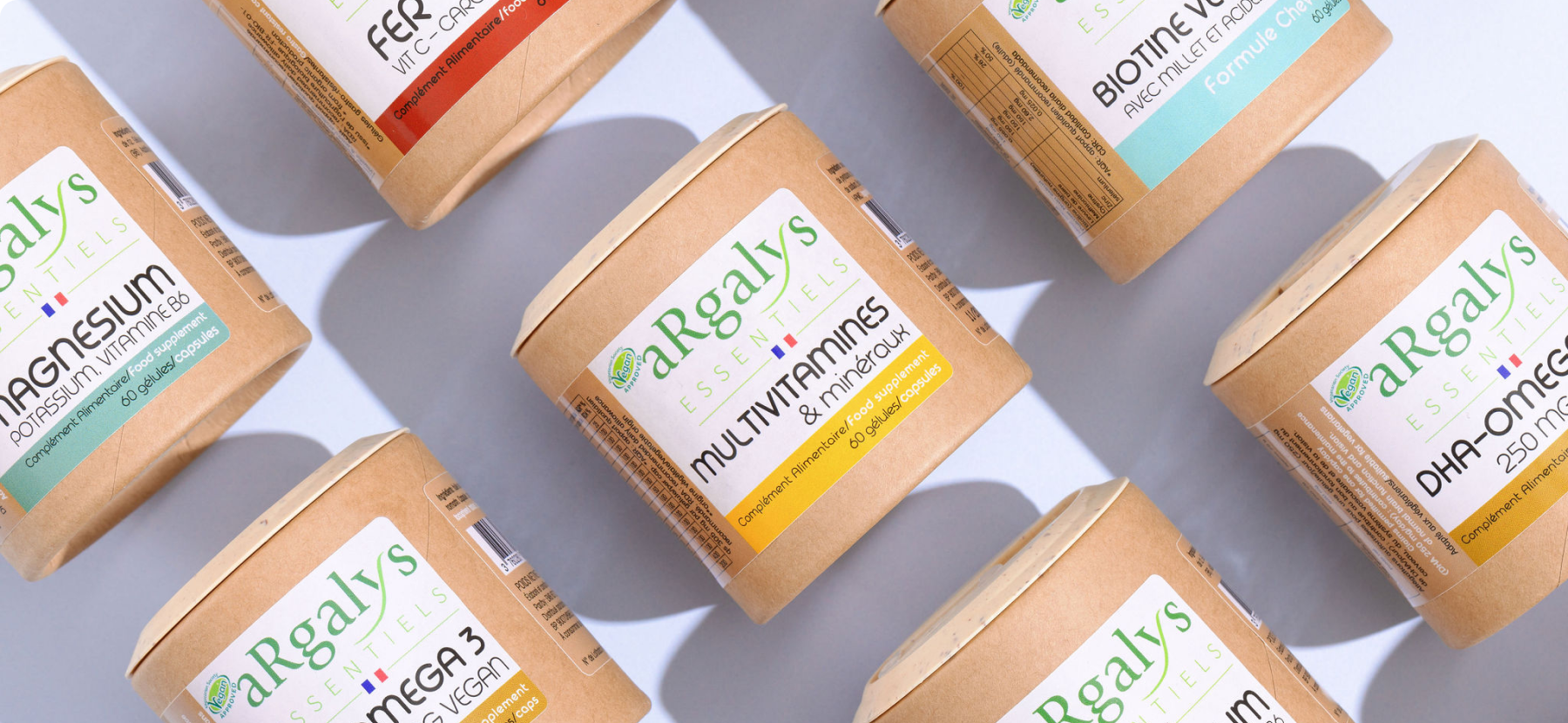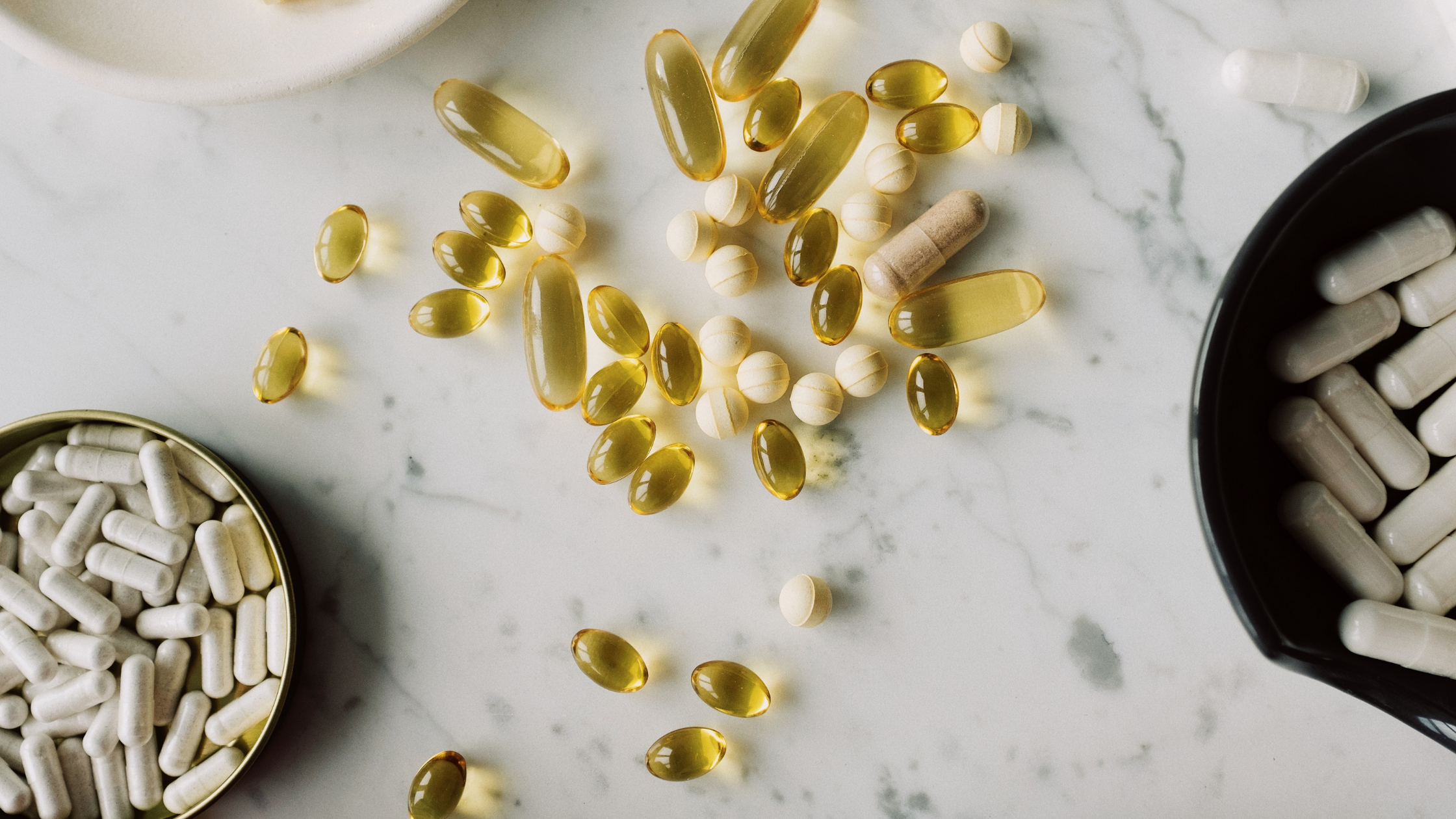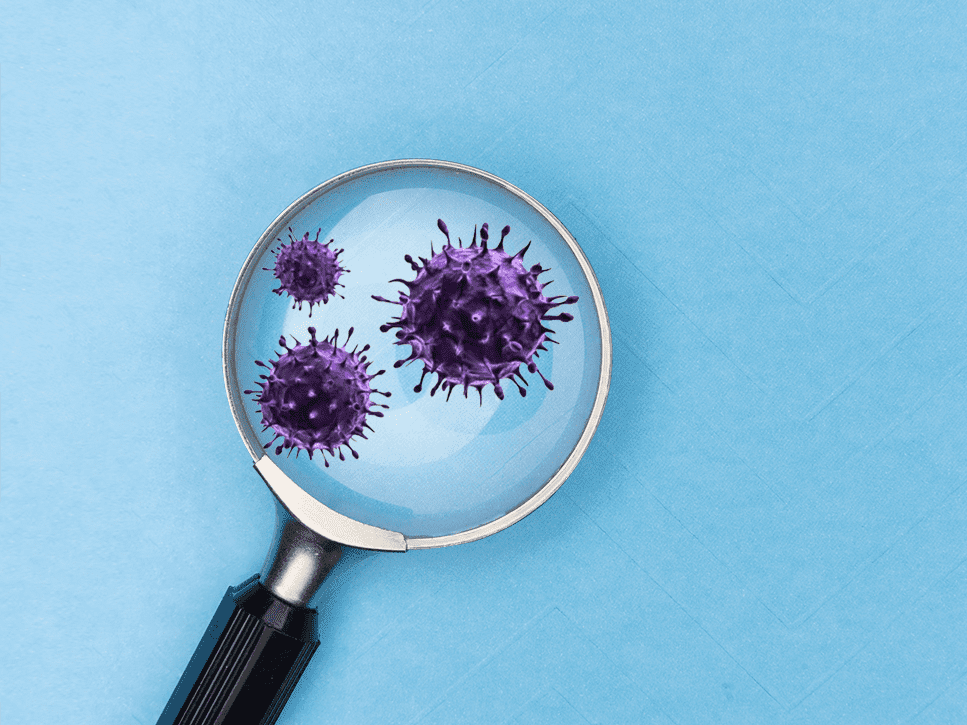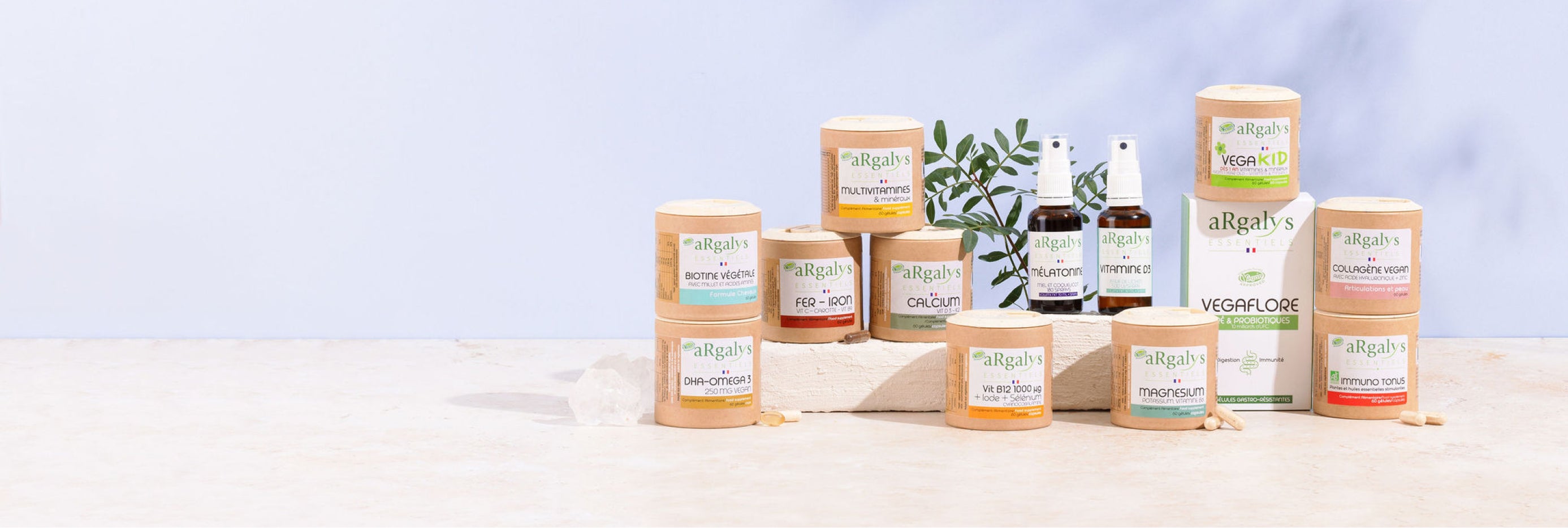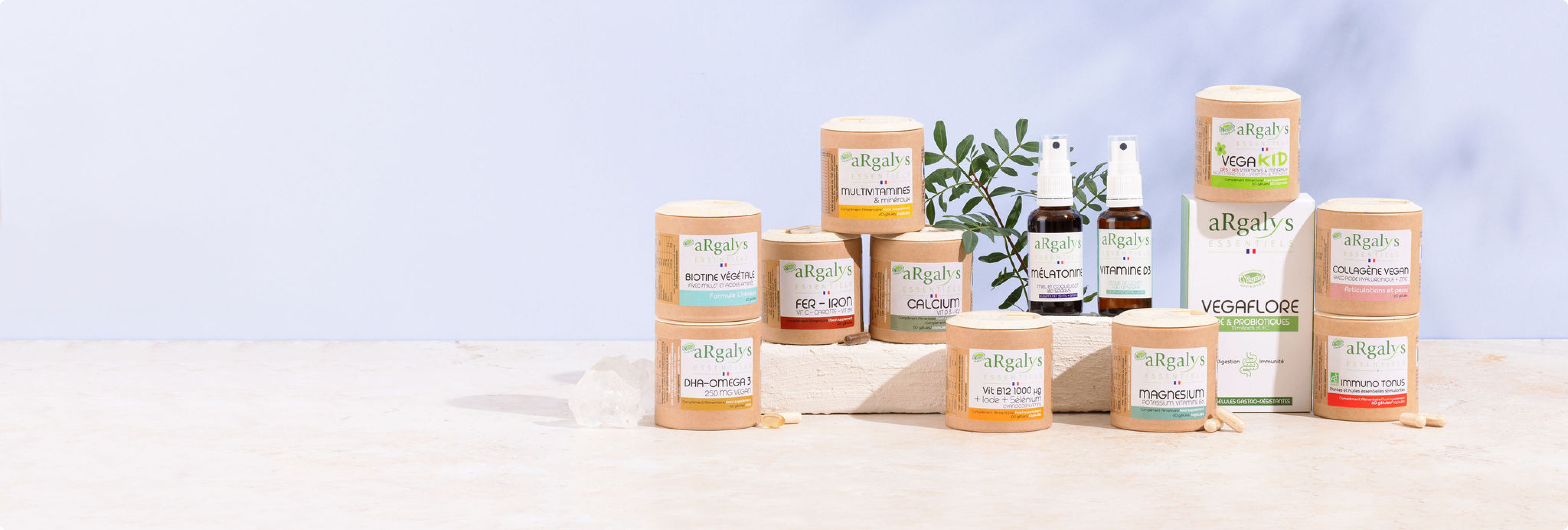Excess cellular water retention is a benign disorder that affects women more than men.
This article explains the mechanisms of water exchange in the body and solutions to balance them.
What is water retention?
Small reminder(s) to understand the phenomenon:
- The body is made up of 65-70% water .
Water is essential for the functioning of our cells. It transports the other constituents of our body and eliminates waste filtered by the kidneys in the form of urine.
Water also participates in many chemical reactions in our metabolism.
- Water circulation in the body
Two-thirds of the water is found inside the body's cells (intracellular fluid), the rest circulates outside (extracellular fluid), either in the blood vessels (plasma) or between cells (interstitial fluid).
Normally, water carried by blood plasma passes through the walls of the capillaries to reach the cells.
Then, this water is reabsorbed by the venous and lymphatic capillaries.
These complex balances are mainly governed by the principle of osmosis but also by active regulatory mechanisms.
If there is an imbalance in the flow of liquids (water is not completely reabsorbed or too much water passes through the walls of the capillaries), there is an abnormal accumulation of water in the tissues: water retention, which in its most acute form is edema.
Instead of remaining in the cells or in the venous and lymphatic capillaries of the body, the water migrates outside the cells, towards the tissues, and accumulates there excessively, causing swelling of the affected area(s) more or less visible to the naked eye .
Causes of Water Retention Imbalances
The causes of water retention are multiple and vary from one individual to another and can occur together in the same person.
The main causes are:
The heat
Heat can cause water retention.
By dilating the blood vessels, heat makes them more porous and thus promotes the exit of water from the vessels and prevents its reabsorption from the tissues.
Prolonged immobility
Remaining in a sitting or standing position prevents good venous return and thus promotes poor circulation of fluids in the body.
A diet high in salt and/or low in potassium (H3)
When we talk about water retention , we are generally talking about extracellular water retention in which the sodium/potassium ratio plays a major role. The more sodium there is, the higher the risk of retention.
Water retention, or rather the storage of water inside and outside our cells, is mainly regulated by a balance between two minerals : sodium and potassium. It is an imbalance between these two electrolytes that is at the origin of the water retention mechanism.
In practice, sodium draws water out of cells while potassium draws it in.
Excess dietary salt is a common risk in our diet, it creates excess sodium which often disrupts the balance of water exchange.
Insufficient protein consumption
Insufficient protein consumption can also be the cause of water retention.
Proteins are the main constituents of cell membranes.
In the event of protein deficiencies, the cells retain water less well, which will tend to escape and accumulate outside of them.
Regardless of the diet, an intake of around 50 grams of protein per day is necessary for adults.
Poor hydration
Dehydration is one of the main causes of water retention.
When the body lacks water, it protects itself by storing the little water available in order to continue functioning properly.
Insufficient water consumption causes an increase in sodium concentration in the body.
Due to osmotic regulation, this excess sodium will attract water outside the cells and lead to a phenomenon of interstitial water retention.
Water retention during pregnancy or hormonal imbalance
Pregnancy is one of the causes of water retention and the formation of edema.
The changes in hormonal balance specific to this period (estrogens and progesterones) explain the changes in the way the body manages its water balance.
The balance between estrogen and progesterone determines capillary permeability (these are the finest blood vessels).
A hormonal imbalance can therefore lead to poor water retention . This phenomenon is therefore very present during pregnancy , but also before the arrival of menstruation, at menopause, and again, when taking an unsuitable pill.
Other known origins and/or conditions
These include:
- Excessive weight gain
- Certain medications and certain illnesses, in particular corticosteroids, antihypertensives, neuroleptic treatments and hormonal treatments or pathologies of venous, renal or cardiac insufficiency
Symptoms of water retention
The first symptom of water retention is visible swelling , usually in the lower limbs (legs, ankles, etc.) but can also affect other areas. Sometimes there is swelling of the tissues causing aqueous cellulite.
Internal edema can be similar to bloating (particularly in the stomach when water retention affects the stomach, intestines, or even the liver).
At the facial level, a "chubby" or "puffy" appearance may be felt by the patient.
Due to its accumulation inside the body, water retention also most often results in weight gain.
How to combat water retention imbalances
Balance sodium and potassium
To reduce the phenomenon of water retention, it is first necessary to ensure that you consume sufficient potassium to balance the sodium intake, which is often very high in contemporary diets (and reduce it as much as possible).
Table salt is not the only product that contains sodium, processed foods and ready meals also contain significant amounts , such as sodium benzoate used as a preservative (and which also has a harmful effect on intestinal flora!).
Good food hygiene rules are the first step to a good balance:
- Few ready-made meals to control sodium intake
- Many vegetables (chard, spinach, potatoes, cabbages are rich in potassium). Potassium is very soluble: when cooked in water, the water will recover a significant portion of the potassium.
- Potassium supplements allow for quick and easy rebalancing
Stay hydrated:
Proper hydration (almost paradoxically) helps limit excess water retention. 1 to 1.5L of water per day is sufficient in normal situations.
Limit long sitting or static positions:
Physical activity, even at very moderate intensity (walking, cycling) promotes venous return .
At the office or in a sedentary situation, 5 minutes of activity per hour is highly recommended.
Have balanced protein intake:
Too little protein intake over long periods of time is quite common among people trying to lose weight.
Remember that protein deficiency is never a good strategy in this case and that it also generates water retention problems.
Whatever the diet (omnivorous or plant-based), it is necessary to ensure reasonable daily protein intake (around 50 grams for adults; more for growing young people, athletes, and seniors).
If necessary, seek advice from a nutrition professional.
A quick return to normal
In the majority of cases, edema disappears quickly when the causes of the imbalances are corrected.
If the symptoms of water retention persist (more than a week), you should consult a doctor because pathological causes are possible.
The food supplement Magnesium + Potassium Argalys Essentiels to facilitate the right balance against excessive water retention
Poor dietary balance, particularly low vegetable consumption, stress or significant water loss (sweating, physical exertion, diarrhea, etc.) can lead to magnesium or potassium deficiency.
In everyday diets, sodium intake (e.g. table salt) is high and often difficult to control (salt 'hidden' in prepared foods) and excess sodium directly affects water retention.
Potassium helps counteract this effect.
The Argalys Essentiels Magnesium + Potassium formula is designed to restore the acid-base balance, essential for the proper functioning of the body.
The Argalys team
 04 74 03 98 80
04 74 03 98 80
